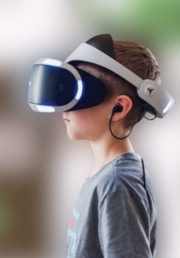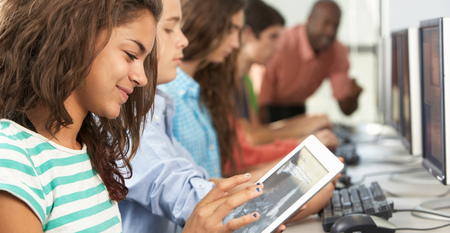From Campus to Computer: eLearning Infographic
Many public schools and universities around the world have shifted from campus to distance learning. Even though online learning is a mostly-foreign concept to our kids, some seem to be loving it. Other’s struggle with the lack of personal connection from friends, as well as teachers and professors.
Still, the advancements in online education have led more students to become interested in obtaining their college degree through virtual means. Get this: 60% of eLearners believe that online classes help them improve their soft skills such as writing, paying closer attention to detail, perfecting their oral communication, engaging in teamwork, developing time management skills, and helping them with critical thinking/problem-solving.
Still, there are a bit of challenges that arise with learning online – primarily, technology access. 44% of students in low-income families don’t own a computer, and nearly 18% of school-age children don’t have at-home Internet access.
Read how to making sure kids stay happy and healthy during online classes
You’ll be happy to know that a computer may not be exactly essential to your child’s educational journey. Today, most eLearning programs are smartphone and tablet-compatible, providing students with a wider range of options to receive their new content. However, the 30 million school children relying on free/reduced lunches remain in a tough spot.
As if the world weren’t fast-paced enough, current circumstances are changing every corner of the world as we know it. The last thing we need during times like these is for our childrens’ education to be put at risk. Luckily, eLearning has a solution.
Check out the infographic below for the full scoop on the future of distance learning.







 Explore the Safe Search Engine -
Explore the Safe Search Engine -